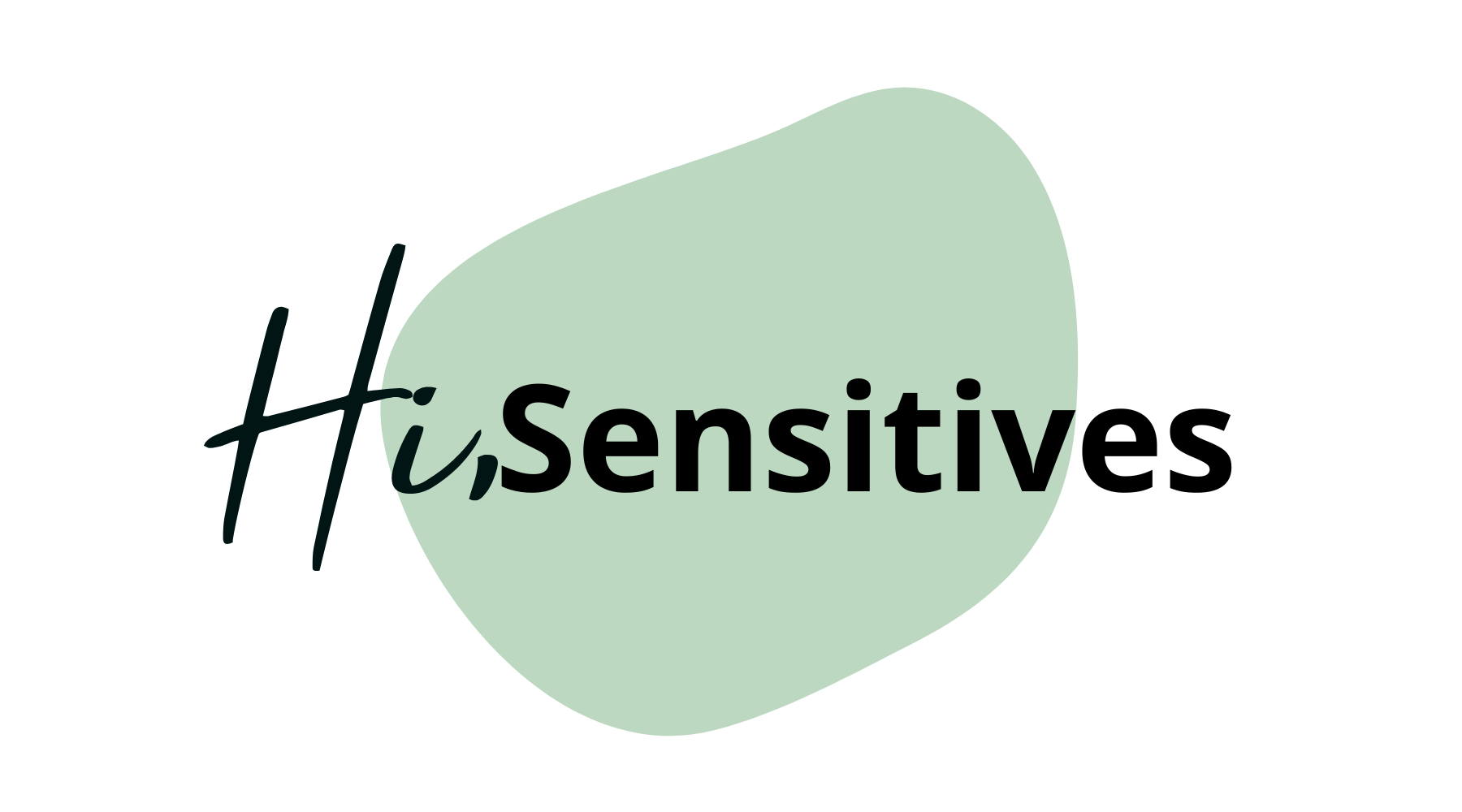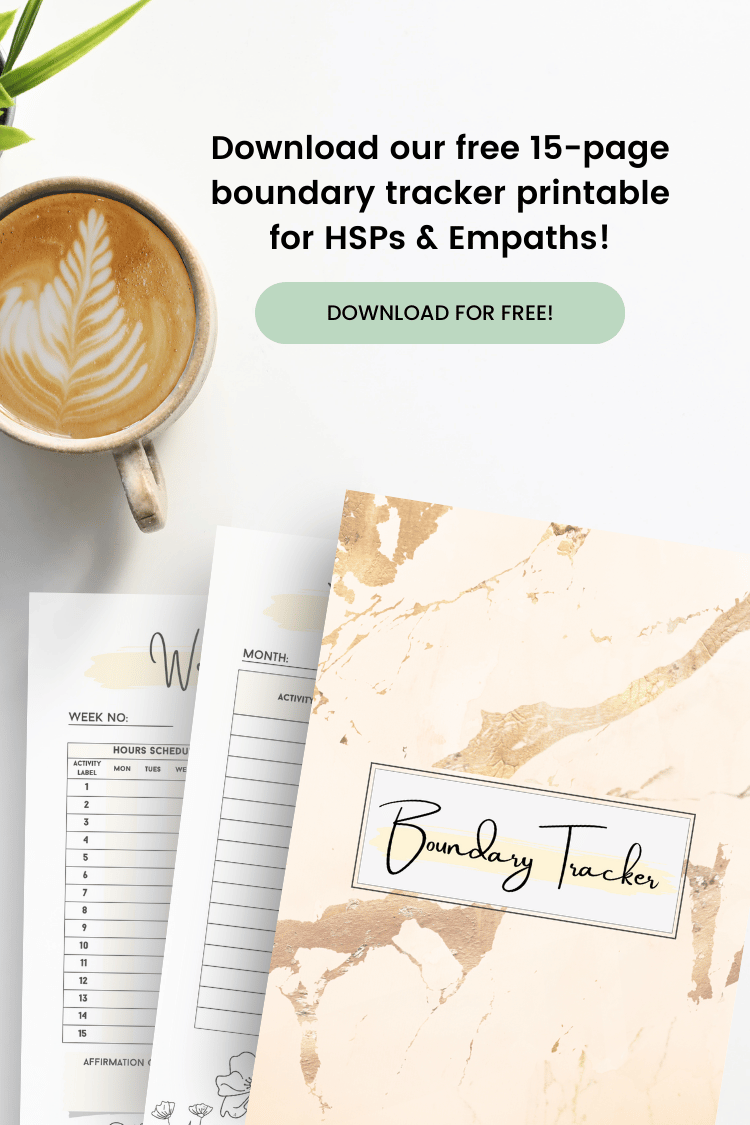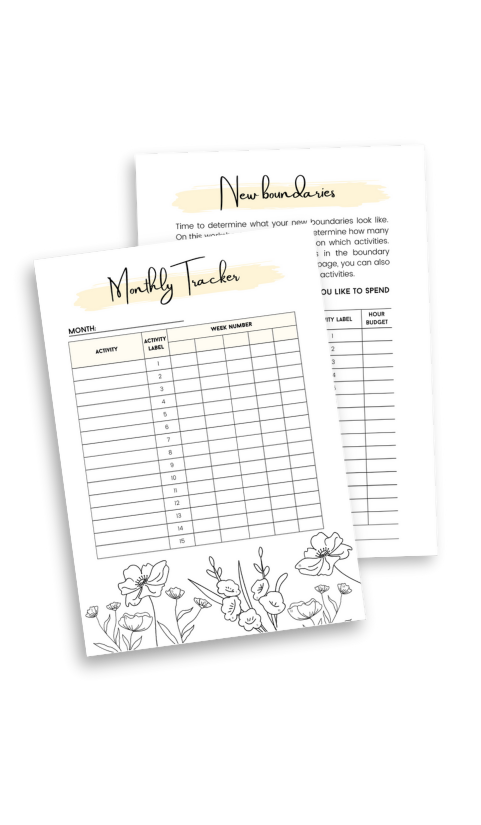Wondering if a shakti mat is the right choice for you as a highly sensitive person? In this blog, I share my experience with a shakti mat!
Just a little heads up: some of the links in this blog are affiliate links, which means if you click on them and make a purchase, we may earn a small commission at no additional cost to you. 😊
We only recommend products and services we genuinely believe in and have personally used or researched. Your support through these links helps us keep bringing you valuable content, so thank you for being amazing!
Estimated reading time: 8 minutes
In a world that never seems to slow down, finding solace within the four walls of my home has become my sanctuary. As someone deeply attuned to the subtleties of my environment, I, like many Highly Sensitive People (HSPs), am on a continuous quest for tranquility amidst the chaos.
It’s in this quest that I stumbled upon the Shakti mat — a tool that, despite its initial daunting appearance, promised a haven of relaxation. The very idea of voluntarily lying down on a bed of spikes seemed counterintuitive at first. Would it not just add to the sensory overload I so desperately sought to escape? Yet, the countless testimonials praising its benefits sparked a curiosity strong enough to overcome my skepticism.
This article is not just a recount of my journey with the Shakti mat but a testament to the surprising ways we can find peace, even in the most unexpected places.
Here’s What You’ll Discover:
What is a Shakti Mat?
At its core, the Shakti mat is an innovative adaptation of ancient healing practices. It merges the wisdom of acupressure with modern-day wellness trends.
Picture a canvas of cotton and foam, meticulously adorned with over 6,000 plastic spikes. Each spike, while daunting in appearance, is a conduit for healing. Moreover, it is designed to gently press against the skin and stimulate the body’s myriad pressure points.
This stimulation, akin to a deep tissue massage, aims to unlock a cascade of wellness benefits—from easing muscle tension to promoting deeper sleep.
For HSPs, who navigate a world of incessant stimuli, the Shakti mat offers a unique reprieve. It invites the body into a state of deep relaxation. Moreover, it brings the mind into a meditative calm, providing a much-needed reset for our often overstimulated nervous systems.
The Benefits of a Shakti Mat
The allure of the Shakti mat lies not just in its unique design but in the breadth of its benefits, especially for the Highly Sensitive Person. Imagine a tool so versatile that it can simultaneously address physical tension, mental stress, and emotional unease.
The spikes, though initially intimidating, work to increase blood flow, akin to the effects of acupuncture, without piercing the skin. This enhanced circulation brings warmth and healing to sore muscles, encouraging them to relax and release built-up tension.
Beyond the physical, the mat’s gentle pressure soothes the nervous system. It invites a sense of calm that can be elusive in our fast-paced lives. For HSPs, this dual action—easing the body while quieting the mind—is invaluable.
It’s a moment of pause, a ritual that beckons us back to our center. Also, it reminds us of the importance of self-care in maintaining our equilibrium.
Furthermore, the Shakti mat encourages deeper, more restorative sleep. This is a boon for those whose sensitive systems often disrupt their rest patterns. In essence, the Shakti mat offers a holistic approach to well-being. It addresses the complex interplay between our physical and emotional health.

Pros and Cons of a Shakti Mat
Embracing the Shakti mat comes with its set of pros and cons, a balance that each individual must weigh. On the pro side, the mat offers an accessible form of therapy that you can use in the comfort of your home.
There’s no need for appointments or the ongoing costs associated with professional treatments. It’s a one-time investment in your well-being that you can turn to whenever you need. The mat’s portability means you can easily incorporate it into your daily routine. Whether it’s a brief session in the morning to energize you for the day or a calming ritual before bed.
However, the cons of a shakti mat warrant consideration, particularly for the highly sensitive person. The initial sensation can be quite intense. For those with highly sensitive skin, it may take time to acclimate to the feeling of the spikes. Furthermore, while the benefits are many, they come with the caveat of consistency. The mat is most effective when used regularly, requiring a commitment to incorporate it into your daily self-care practice.

My Experience With a Shakti Mat
My journey with the Shakti mat began with a healthy dose of skepticism. The notion of finding relaxation through a mat covered in spikes seemed paradoxical.
Yet, driven by a blend of curiosity and the lure of its benefits, I took the plunge. The initial moments were as I feared—intense and slightly unnerving. Laying down, I could feel each spike pressing against my skin, a sensation that was hard to ignore. “What have I gotten myself into?” I wondered, questioning my decision.
But then, something remarkable happened. As I allowed myself to fully relax, the initial discomfort gave way to a profound sense of release. It was as though the spikes were gently coaxing my body to let go of its tension. They invited me into a state of deep relaxation.
The experience was akin to a massage, but one that reached deeper, soothing not just the muscles but the nervous system itself. Now, the Shakti mat has become a sanctuary for me. It is a place I turn to when the world feels too loud, too fast, too much.
It offers a tangible way to reset, to ground myself in my body and find a moment of peace and happiness amid the chaos.
Where to Buy Shakti Mats
For those intrigued by the potential of the Shakti mat to transform their relaxation routine, the good news is that they are readily available. Numerous online retailers specialize in wellness and yoga products, offering a variety of Shakti mats to suit different preferences and budgets.
For instance, you may want to check out these best-selling shakti mats on Amazon.
When choosing a mat, consider the material quality and the density of the spikes. These are factors that can influence your comfort and the effectiveness of the mat. Look for mats made from eco-friendly, non-toxic materials to ensure your practice is not only beneficial for you but also kind to the planet.
Reading reviews can provide valuable insights into others’ experiences, helping you make an informed decision. Investing in a Shakti mat is an investment in your well-being, a step towards embracing self-care practices that nurture your nature as a highly sensitive person.
Final Remarks
For the Highly Sensitive Person, navigating a world that often doesn’t cater to our heightened sensitivity requires intentionality, especially when it comes to creating spaces of calm and restoration. The Shakti mat, with its promise of deep relaxation and sensory relief, has proven to be a valuable ally in this journey.
Though it may not be for everyone, for those willing to explore its potential, the Shakti mat offers a unique way to engage with and soothe a highly sensitive person’s systems. As with any tool or practice, the key is to approach it with openness and curiosity, allowing yourself the space to explore what feels right for you.
In the pursuit of well-being, the Shakti mat stands out as a testament to the power of unconventional paths to healing and balance.
Have you tried using a Shakti mat, or are you considering integrating one into your self-care routine?
Share your thoughts and experiences in the comments below. Let’s foster a community where we can share and discover new ways to support our sensitive selves in a not-so-sensitive world.
Disclaimer: In this article, we collaborated with AI while writing articles, meaning that we used it as a personal assistant to provide valuable information to our readers. The personal touch through stories and personal examples and the editing of the article have been performed by the author.








